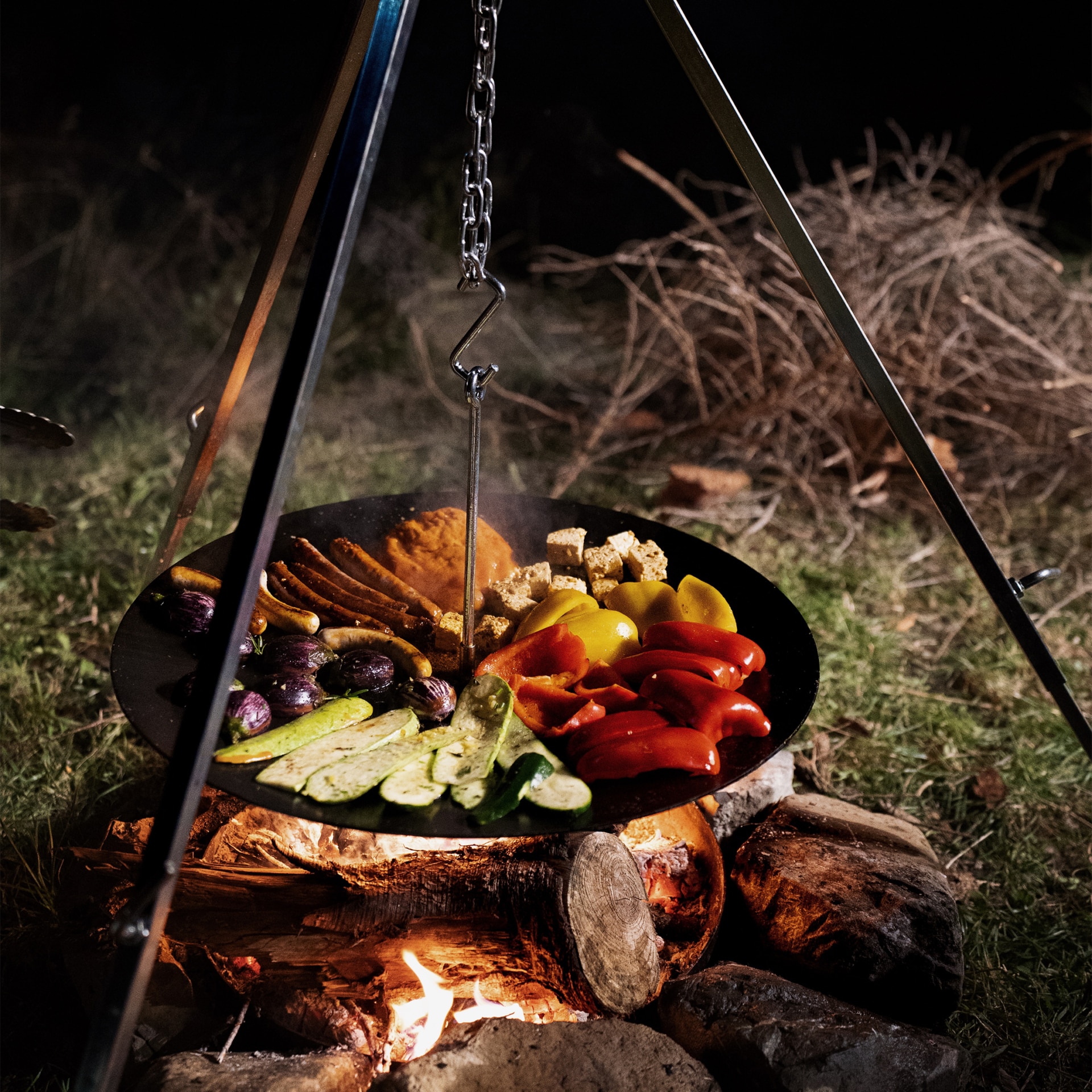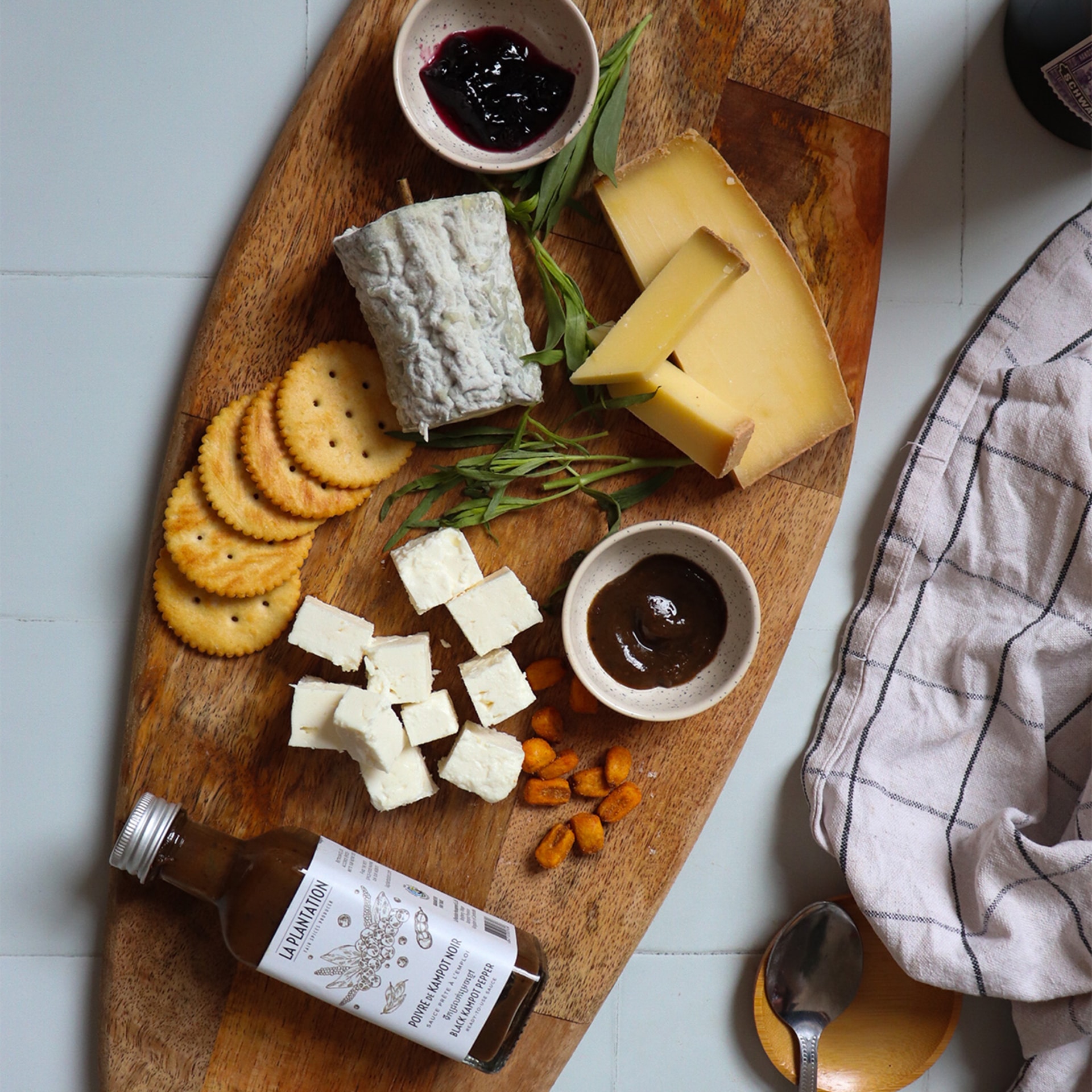
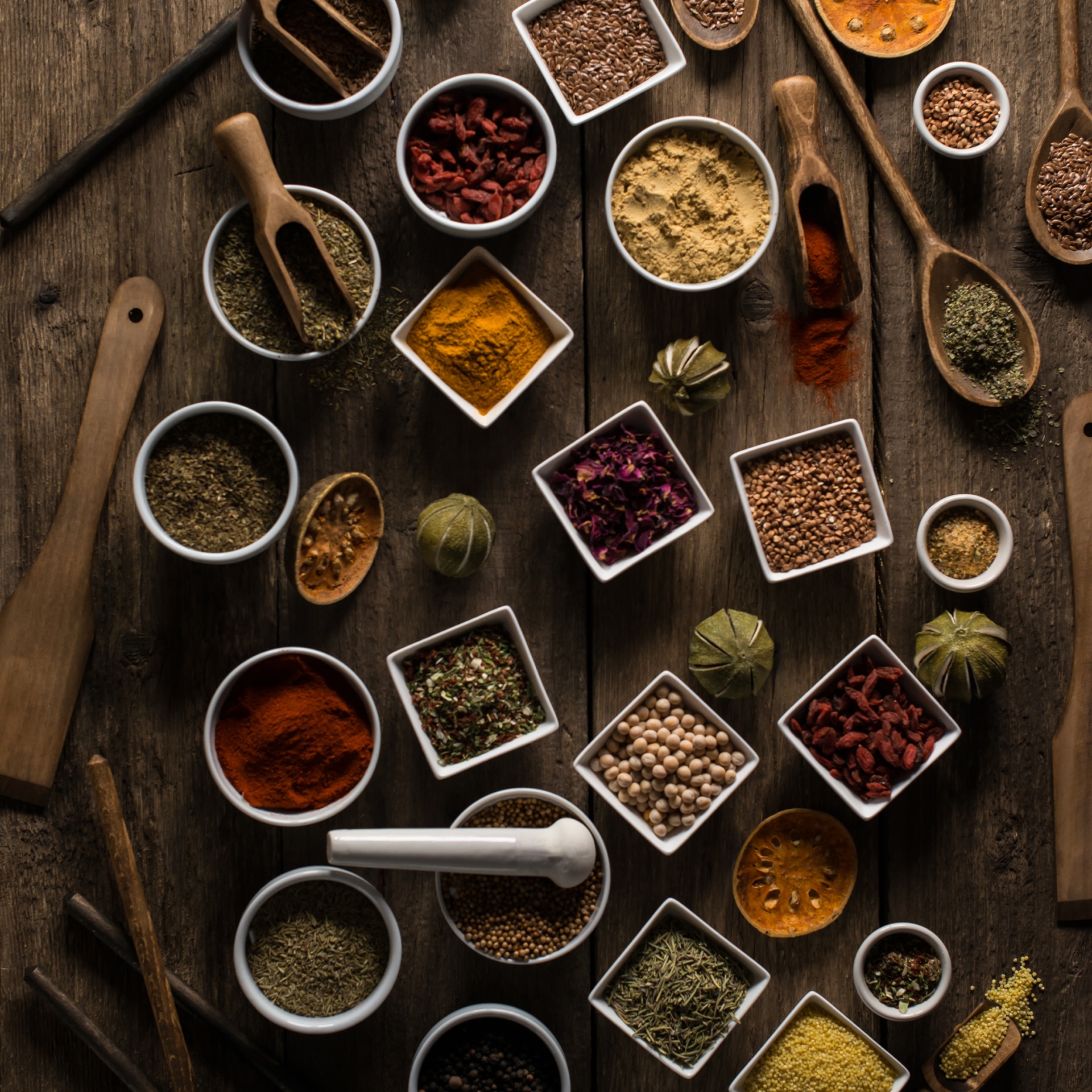
Complete Guide: How to pair Spices in cooking
Pairing spices isn’t just about taste—it’s an art that transforms simple recipes into unique culinary experiences. Spices bring complexity, warmth, and character. But to get the best results, you need to know how to match them in a balanced way.
As French chef Éric Guérin says: “A spice should tell a story, not erase another one.” The goal is to enhance ingredients, not hide them.
So how do you know which spices work well together? Which blends should you use for lamb, fish, or vegetables? Can you spice up raw dishes? Or should you stick with classic pairings?
This guide gives you all the keys to master the art of spice pairing and bring new life to your everyday meals.
Understanding the basics of Spice pairing
What makes a good spice pairing?
A good spice pairing is all about balance—finding the right combination of flavours and aromas that complement each other. Every spice has its own personality. It can be sweet, spicy, woody, floral, tangy, or earthy.
The goal is to create harmony. Some spices are strong and dominant, like clove, chili, or long red pepper—they should be used carefully. Others, like cinnamon or turmeric, are softer and easier to combine.
A spice blend should never overwhelm the dish. Instead, it should enhance the flavours, adding depth and complexity without stealing the spotlight.
Major Spice Families to Know
Each spice falls into a specific flavour category. Understanding these families helps you build better blends:
- Sweet spices: cinnamon, nutmeg, vanilla — add warmth and roundness; ideal in desserts.
- Hot spices: chili, long red pepper, black pepper — bring intensity and kick.
- Woody & earthy spices: cumin, annatto, galangal, clove — give depth and structure.
- Tangy & fresh spices: kaffir lime, hibiscus, lemongrass — brighten dishes with citrusy notes.
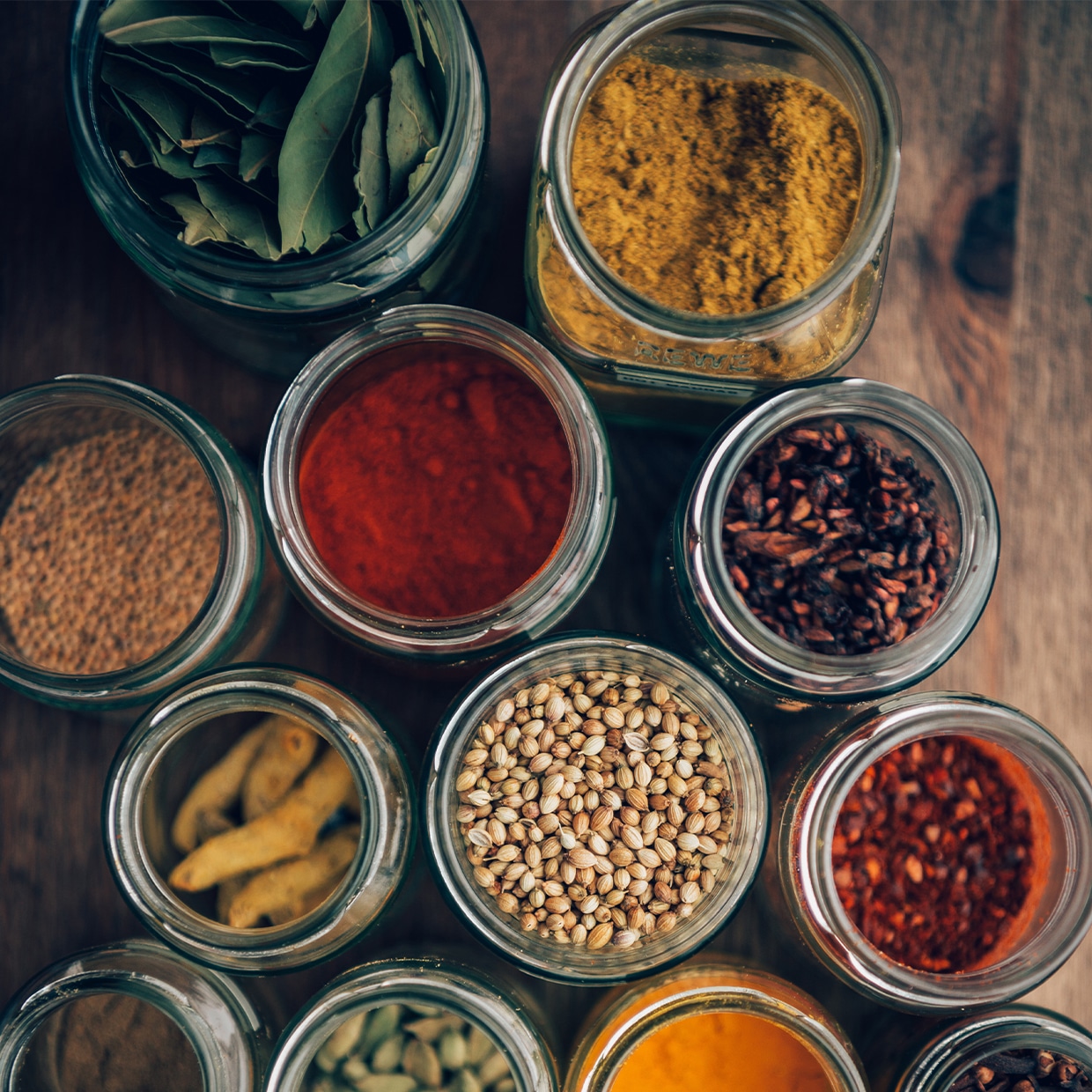
How to pair spices with food
Spices and meat
The spices you use depend on the type of meat:
Red meats like beef or lamb love earthy, smoky, or slightly bitter notes. Smoked paprika boosts grilled beef, while spiced cacao, inspired by Mexican mole, adds deep flavour to game or lamb. Our Smoked Blend is perfect for burgers and BBQ.
White meats like chicken or turkey work best with lighter, fresher spices. Try the Mekong blend with citrus notes for a bright touch, or combine cardamom and lemongrass for a subtle, aromatic boost.
Spices and vegetables
Vegetables absorb spice beautifully and are a canvas for flavour. Use:
- Khmer Green Curry for stir-fries and woks.
- Khmer Yellow Curry for stronger flavours in gratins or roasted squash.
- For root vegetables like carrots or sweet potatoes, turmeric and cumin offer warmth and colour.
Spices and Fish
Fish and seafood need fresh and tangy spices to highlight their delicate flavour:
- Kaffir lime leaves or zest for ceviche or grilled fish.
- Lemongrass pairs well with shrimp and shellfish.
- Citrusy spice blends are perfect for foil-wrapped fish or zesty marinades

Spices and grains
Starches like rice, lentils, and potatoes love spice too:
Turmeric + cumin = perfect for basmati or chickpeas.
Smoked paprika brings out the best in roasted potatoes.
Long red pepper adds subtle heat to lentils or bean purees.
Spices and cheese
Not common, but spice and cheese can work wonders:
Cumin with hard cheeses like Gouda or Comté.
Nutmeg for sauces or soft cheeses.
Crushed pepper for creamy cheeses.
Spices and desserts
Spices add warmth and surprise to sweet dishes:
Chai blend (cinnamon, cardamom, ginger, turmeric) for yogurts, biscuits, or granola.
Hibiscus powder brings a fruity, floral note to compotes and cakes.
Vanilla, cinnamon, nutmeg — the timeless trio for pastries and crumbles.
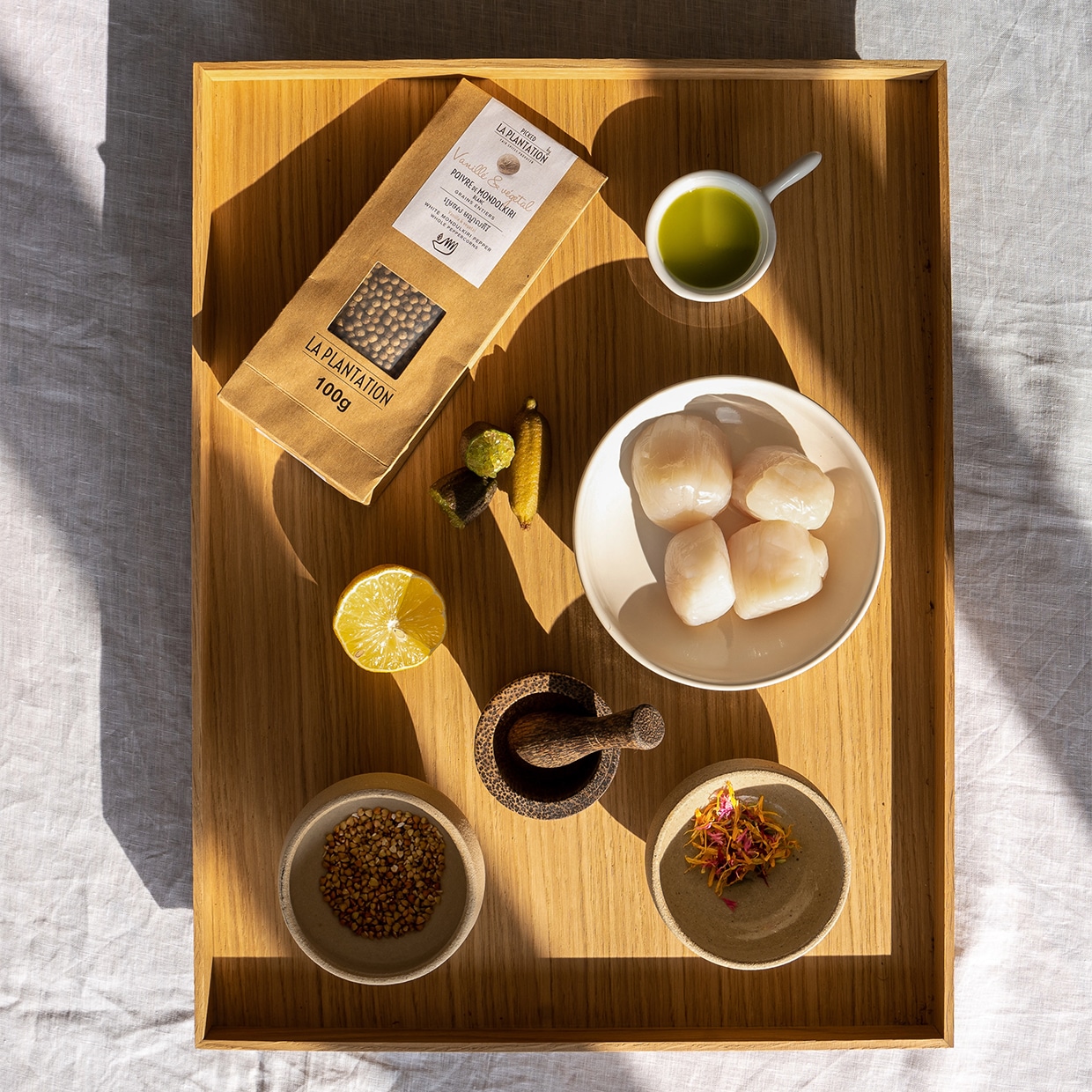
Key Principles for harmonious spice blending
There are 3 main ways to combine spices:
- By intensity: Some spices (like chili, clove, long red pepper) are bold—use them in small amounts. Others (like cinnamon, turmeric, nutmeg) blend more easily.
- By flavour pairing: Combine a warm spice (like cardamom) with a soft one (like vanilla) for balance.
- By culinary tradition: Use regional blends as a guide. Indian cooking often combines cumin, coriander, turmeric. Northern Europe favours cinnamon and nutmeg in desserts.
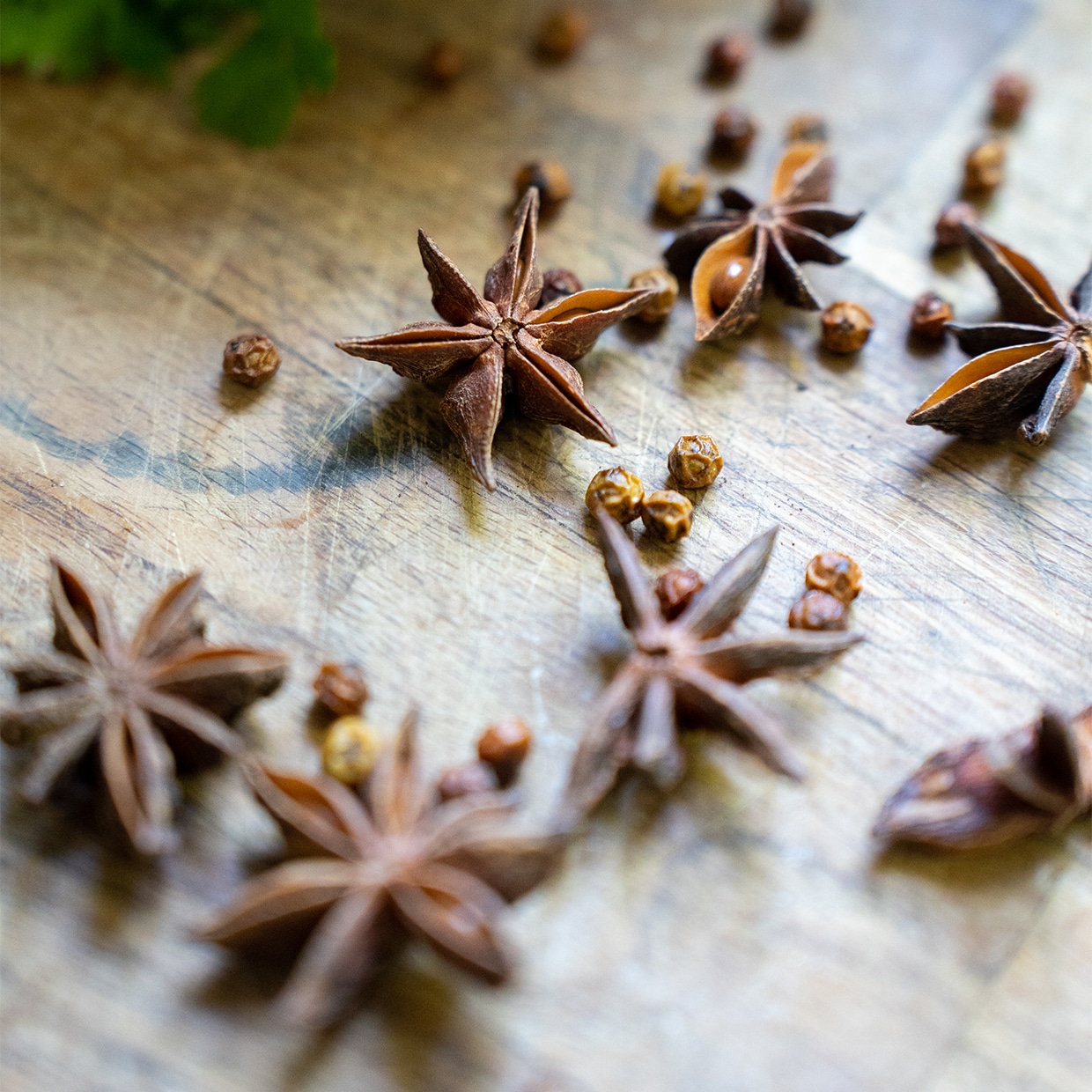
Make your own spice blends at home
Creating your own spice blends at home is both fun and rewarding. It allows you to customise flavours, reduce salt and sugar, and reconnect with the sensory joy of cooking. Whether you’re aiming for a fiery rub, a sweet baking blend, or a versatile everyday mix, blending your own spices helps you cook with more creativity and intention.
Most-used ingredients (and Why)
Some spices are especially useful in homemade mixes:
- Turmeric: warm bitterness + bright yellow colour
- Cumin: earthy depth for savoury dishes
- Paprika: gentle warmth, sometimes smoky
- Chili flakes: adjustable heat + vivid kick
- Cinnamon: sweet and warm, even in savoury dishes
- Cardamom: floral freshness, great for balancing bold flavours
Playing with these basics helps you build custom blends for any recipe or taste.
Famous blends from round the Wowrld
Garam Masala (India): cumin, coriander, cinnamon, clove, cardamom. Great in curries and stews.
Ras el Hanout (Morocco): turmeric, ginger, cinnamon, cumin, chili. Ideal for couscous and tajines.
Chinese Five Spice: cinnamon, clove, fennel seeds, Sichuan pepper, ginger. Used in glazes and stir-fries.
These time-tested mixes can guide you in creating your own, depending on your favourite cuisines.
DIY Spice blend ideas
Asian mix: lemongrass, galangal, long red pepper, wild cardamom
Meat rub: cumin, paprika, chili trio, annatto
Dessert blend: cinnamon, cardamom, hibiscus
Tajine blend: Ras el Hanout, ginger, cinnamon, coriander
Homemade curry: turmeric, cumin, coriander, cardamom

FAQ
Can I mix all spices together?
Not all spices go well together. Some may cancel each other out or become too intense. The key is balance—combine flavours that complement, not clash. That said, don’t be afraid to experiment. Cooking is also about having fun!
Which spices go well with turmeric?
Turmeric is incredibly versatile—and it’s more than just a flavour booster. It’s also a superfood known for its anti-inflammatory and antioxidant properties. Pair it with:
- Cumin: adds earthy warmth and enhances turmeric’s depth
- Coriander: brings a fresh, citrusy note that balances bitterness
- Ginger: amplifies the warmth and complements turmeric’s natural heat
- Black pepper: contains piperine, which boosts turmeric absorption in the body by up to 2,000%
You can also mix turmeric with cardamom or cinnamon for spiced drinks, golden milk, or baking blends. These pairings don’t just taste good—they support your wellbeing too.
How do I avoid overpowering my dish with spices?
Add spices little by little and taste as you go. Spices like chili or clove are strong and should be used sparingly. It’s better to start with less and adjust than to overdo it from the beginning.
What are the best homemade spice blends?
A classic blend for stews and slow-cooked dishes: turmeric, cumin, and coriander.
For desserts: try cinnamon, nutmeg, and cardamom for a warm, comforting mix.
Spices are an incredible way to express creativity in the kitchen. Whether you use one of our ready-to-use blends or create your own from scratch, let your taste and inspiration guide you. Explore, mix, taste—and bring your dishes to life with a world of flavour.

